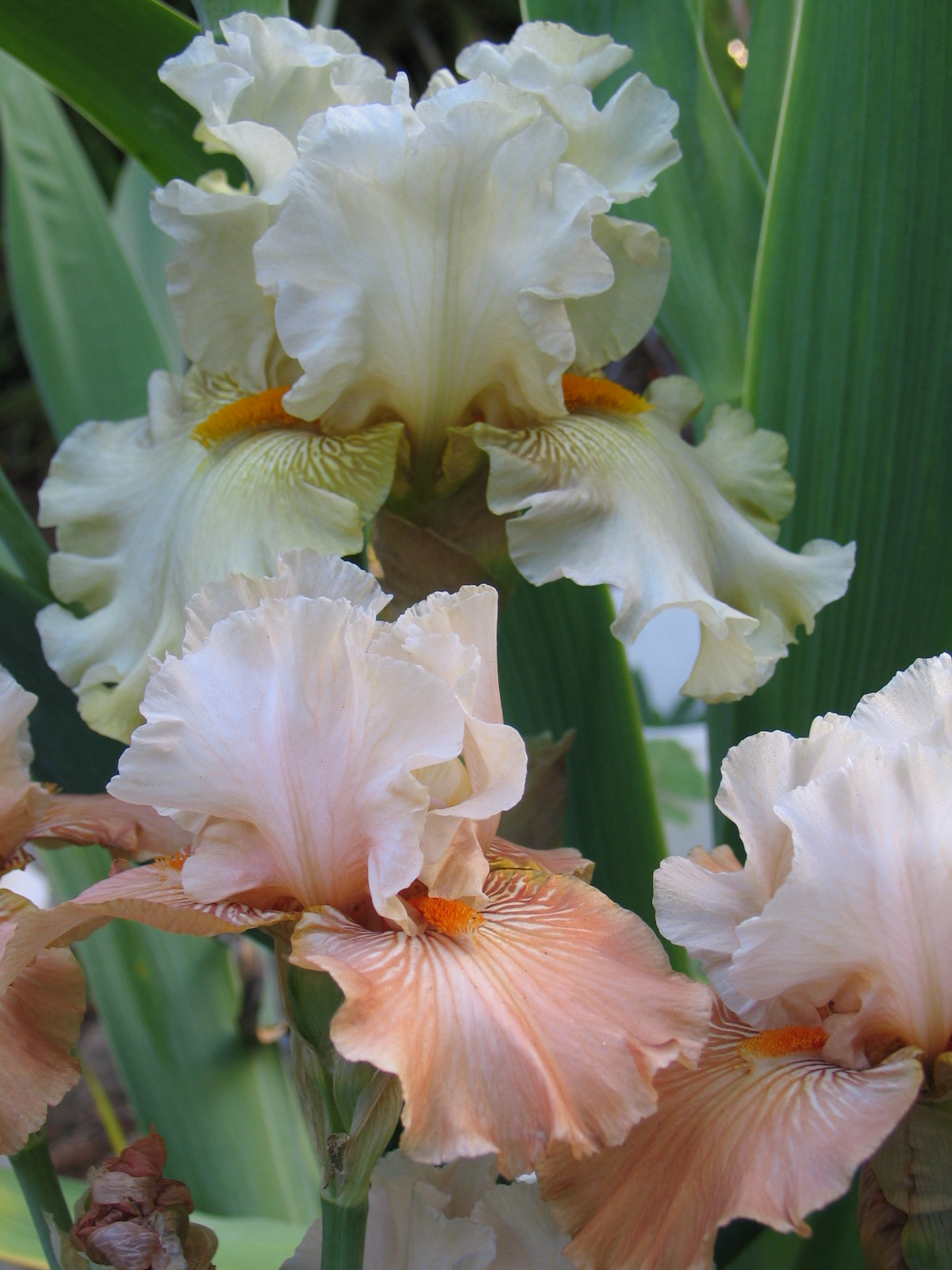This image has nothing to do with today's topic, but I really wanted to use it.What I do want to say today is that a successful garden design is/should be more than the sum of its parts. For this post, those parts are the client, the site, and the designer. Someday down the road, I will post again to talk about different parts (like design+installation+maintenance, or a variety of other bits).Let's consider:The Client: Their responsibility is to give the designer the information that person needs in order to generate something appropriate. They should have an idea of what they want to spend, some input on how the space will be used and by whom, and if there are any aesthetic preferences, those must be made available - preferably in the form of images and not words. If the client isn't clear about what they want from the designer, the designer may (let's hope not) assume a scope of work that is inaccurate, thus opening the door for disappointment and frustration on both ends of the relationship.The Site: The site brings a whole host of elements to the table just by being there. There may/will be existing structures, neighboring properties or views, grading and drainage issues, slopes, soil properties, existing vegetation, the angle of the sun, the quality of the light, this list could go on and on. Without the site's involvement, anything designed would probably fall into the realm of art or fantasy. The site knows what it looks like now, what it wants to look like, and what it can offer. The designer must listen to the site's input, and the client must understand that there are some things you cannot change without changing the location itself.The Designer: When a client and a site come to the purview of a designer, the designer has the responsibility to consider a whole host of issues in response, including things not discussed with the client at the initial meeting. The design solution (sounds so static, but it isn't!) must be safe, first and foremost. It must meet the criteria of the project's design program (things the client asked for - can be physical elements or intangible wishes). The solution needs to be responsive to the site's unique characteristics: the use of the site (private gardens can be very different from public parks, or weirdly similar), the budget, existing materials and spaces, and the environment among other things. The designer's goal is to find inspiration in the unique blend of the client+site, add their own technical expertise and an artistic touch, and pull off something that is both functional, safe, and appealing.The whole of the Client + Site + Designer = a design solution (we hope an installed one!) that exceeds the sum of its parts. The result is something that speaks to the client in a meaningful and maybe unexpected way, respects the site and the environment it is in, and is visually enticing. The designer would, of course, add that it should be of a quality that they would want in their portfolio, but I digress.
The sum of its parts
Iris 'pickledilly' mandarin morning' 3




